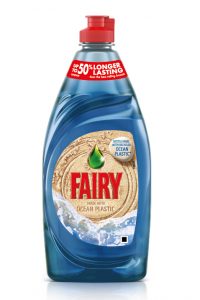 After producing 150,000 shampoo bottles made partially with recovered marine plastics, Procter & Gamble will now do the same thing with 320,000 dish soap containers.
After producing 150,000 shampoo bottles made partially with recovered marine plastics, Procter & Gamble will now do the same thing with 320,000 dish soap containers.

 After producing 150,000 shampoo bottles made partially with recovered marine plastics, Procter & Gamble will now do the same thing with 320,000 dish soap containers.
After producing 150,000 shampoo bottles made partially with recovered marine plastics, Procter & Gamble will now do the same thing with 320,000 dish soap containers.
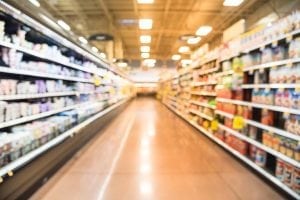 A scientific panel in Europe has greenlighted a number of processes and technologies for recycling post-consumer plastics into food packaging.
A scientific panel in Europe has greenlighted a number of processes and technologies for recycling post-consumer plastics into food packaging.
 During the past year, the national average price of post-consumer PET beverage bottles and jars rose steadily by 68 percent, from 8.6 cents per pound in March 2016 to the current 14.5 cents per pound.
During the past year, the national average price of post-consumer PET beverage bottles and jars rose steadily by 68 percent, from 8.6 cents per pound in March 2016 to the current 14.5 cents per pound.
 Prices for post-consumer PET and HDPE containers have remained relatively steady lately, though film values have declined.
Prices for post-consumer PET and HDPE containers have remained relatively steady lately, though film values have declined.
 Over the past month, recovered PET and film values have fallen, but HDPE grades have seen slight increases.
Over the past month, recovered PET and film values have fallen, but HDPE grades have seen slight increases.
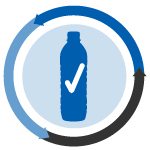 German and Paraguayan companies got the go-ahead to recycle PET into food packaging, and KW Plastics received a similar thumbs up for HDPE.
German and Paraguayan companies got the go-ahead to recycle PET into food packaging, and KW Plastics received a similar thumbs up for HDPE.
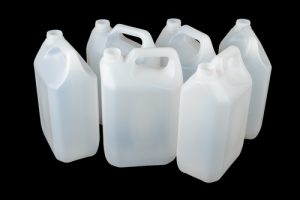
Credit: Imfoto/Shutterstock
According to one product manufacturer’s analysis, HDPE can be shredded, melted and molded into products 10 times before its quality is compromised.
 Scrap plastic exported out of the U.S. is moving to Southeast Asia, where reclaimers are dramatically increasing purchases as China closes its doors to recovered materials. New figures illustrate that shift.
Scrap plastic exported out of the U.S. is moving to Southeast Asia, where reclaimers are dramatically increasing purchases as China closes its doors to recovered materials. New figures illustrate that shift.
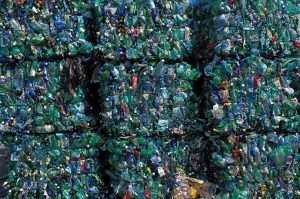 The value of recovered HDPE and PET packaging is flat as the new year begins.
The value of recovered HDPE and PET packaging is flat as the new year begins.
